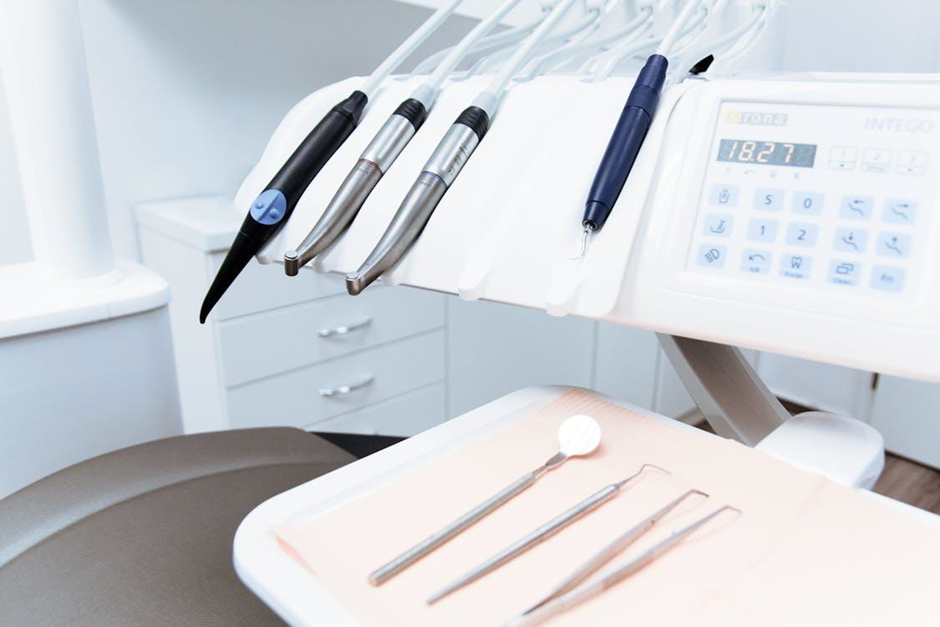Exercises and Home Remedies for TMJ Pain Relief
TMJ
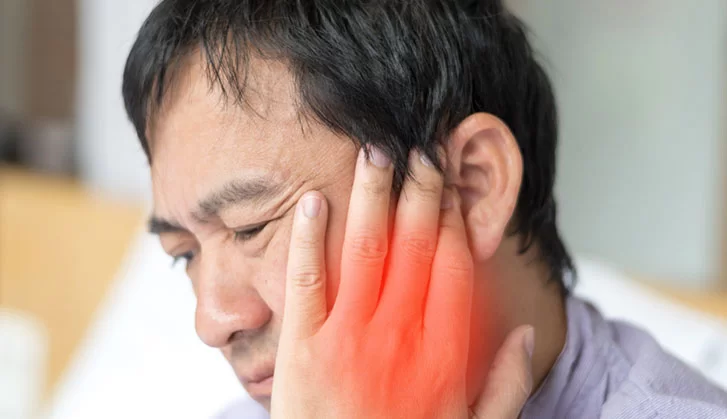
Every time you chew, swallow or talk, a particular joint of your mouth springs into action, which is known as TMJ (temporomandibular joints). These joints are located at the base of your skull, and they form the connection between the temporal bones of your skull and the jaw.
The temporomandibular joints allow you to move your jaw in different directions, such as up and down and side to side. This movement mainly helps you chew and talk properly.
Many people often don’t realize it, but we actually use these joins more than we think we do. The TMJ is almost constantly moving except the time when you are sleeping. Since these joints are responsible for a great deal of movement, they are considered to be one of the most complex joints in the body.
Oftentimes, people experience problems with their jaw muscles and jaw joints, which can result in a disorder of the TMJ known as ‘temporomandibular disorders’ (TMD).
TMD or TMJ disorders typically occur due to problems with TMJ or the muscles of your jaw. These disorders cause a lot of discomfort in the jaws and mouth due to painful and restricted jaw movement as well as possible swelling in the jaw region.
Home Remedies for TMJ Pain Relief
However, it’s good to know that there are many methods, exercises, and home remedies for TMJ treatment that effectively help treat the disorder. While they may not completely cure the disorder, they do offer temporary or even long-term relief from the symptoms. A few changes in your lifestyle and self-care approach can easily combat mild to moderate symptoms of TMD. There are also numerous medications for TMD in case the home remedies don’t work.
Take a look at some of the most effective remedies and methods for TMJ treatment offered by a TMJ specialist that greatly help relieve the symptoms of this disorder.
Using Ice/Cold Packs with Moist Heat Technique
The major symptom of Temporomandibular joint (TMJ) syndrome painful jaw joint, but since the joint is located right in front of your ear, the pain can easily extend to other areas such as the neck, ears, face, eyes, and forehead.
Ice or cold packs have been found to be a great way to relieve pain in these affected areas. Simply take an ice pack and rest it on the side of your face as well as the temple area for at least 10-15 minutes. After that, take a moist, warm washcloth or towel and place it in the same areas for about 5 minutes where you applied the ice pack earlier.
Home Remedies for TMJ Pain
Make sure to follow this routine at least 2-3 times a day to relieve painful symptoms.
Keep Your Teeth Apart
Among the numerous causes of Temporomandibular joint (TMJ) syndrome, one of the most common reasons is excessive clenching or grinding of the teeth. For this very reason, a useful TMJ treatment technique is to keep your teeth apart as much as you can. You just have to keep it slightly apart in order to relieve the pressure on your jaw and surrounding joints.
If you find it hard to do so, you can place your teeth between your teeth to prevent unnecessary grinding or clenching.
Perform TMJ Exercises
There are numerous temporomandibular joint exercises that help relieve pain by strengthening jaw muscles, increasing jaw mobility, relaxing the jaw, and reducing jaw clicking.
‘Relaxed jaw exercise’ is a common exercise that requires you to rest your tongue behind your upper front teeth on the top of your mouth. This helps relax the jaw muscles as your teeth are slightly pushed apart.
Another effective exercise is called ‘side to side jaw movement,’ which mainly allows proper movement of the jaw from side to side. The ideal way to do is exercise is to place an object between your front teeth, for example, stacked tongue depressors. While it’s placed between your teeth, try moving your jaw from side to side. At each step, increase the thickness of the object in order to further relax your jaw.
Sedative Essential Oils
There are many essential oils with sedative properties such as lavender, clary sage, and sweet marjoram that provide relief from painful joints, albeit temporary. If you experience mild to moderate symptoms, using these sedative essential oils can prevent extreme discomfort and relieve pain in the jaws and joints.
Avoid Performing Extreme Jaw Movements
It is best to avoid extreme jaw movements that force you to open your mouth big and wide. Some common examples include yelling or singing, which can seriously increase the painful symptoms. Try to restrict such movements for a speedy and quick recovery.
Wearing a Night Guard
A common cause of TMJ disorders is misaligned teeth due to shock or trauma to the teeth and jaw. In this case, your dentist will probably instruct you to wear a splint or night guard, which is basically plastic mouthpieces that help align your teeth in their correct position.
Over-the-Counter Medications
In case the natural and home remedies don’t work, there are numerous over-the-counter medications such as anti-inflammatory drugs that help ease the symptoms of this disorder. They also significantly help prevent swelling and muscle pain.
Your dentist might even suggest muscle relaxants or anti-anxiety medications depending on the severity of your condition.
Surgery
The problem with home remedies is that they don’t necessarily treat the disorder, especially if you experience extreme and severe symptoms. In such cases, your dentist or oral surgeon is likely to recommend surgery for TMJ treatment. There are three different types of surgeries that are typically recommended for these disorders; however, it greatly depends on the extent of the problem. These include arthroscopy, arthrocentesis, and open-joint surgery.
Non-Surgical Management of TMJ Disorders
There is also a non-surgical method for TMJ disorders, the most popular of which is splint therapy also called ‘occlusal splint therapy’. It is believed to be a much safer form of treatment as compared to the surgical therapies often suggested for temporomandibular joint disorders (TMD).
The goal of splint therapy is to treat ‘disc displacement with reduction (DDwR),’ which is most commonly associated with TMJ disorders. The use of splints helps improve jaw function, eliminates muscle pain, and also protects the teeth and jaws from damage. The splint is also defined as a ‘relaxing, reversible, and repositioning device’.
Splint therapy mainly helps manage TMJ disorders in the following ways:
- Creation of neuromuscular relaxation by adjusting the occlusal splints at a vertical height.
- Causing the positioning and elevator muscles to relax as the splint contacts on all of the teeth with great intensity that making the pain disappear.
- The use of splints helps distribute the forces which further helps decrease the occurrence of bruxism episodes.
- Promotes muscle symmetry as the splint helps balance the load and dissipates the forces that are applied to individual teeth.
Final Word
TMJ disorders aren’t particularly serious, and the symptoms are often just mild to moderate. However, in some cases, the symptoms are severe and can lead to a long-lasting disorder. In either case, it is best to consult a TMJ specialist in Dubai, to get the best advice for TMJ treatment. If home remedies and exercise don’t work for you, you probably need proper surgery or dental therapy. You can also find the best Dental clinic in Dubai and seek expert Dental services.
Book an Appointment With Your Doctor NOW!
Ready for a brighter smile? Schedule your appointment with Dr. Paul’s Dental Clinic today and experience exceptional dental care.
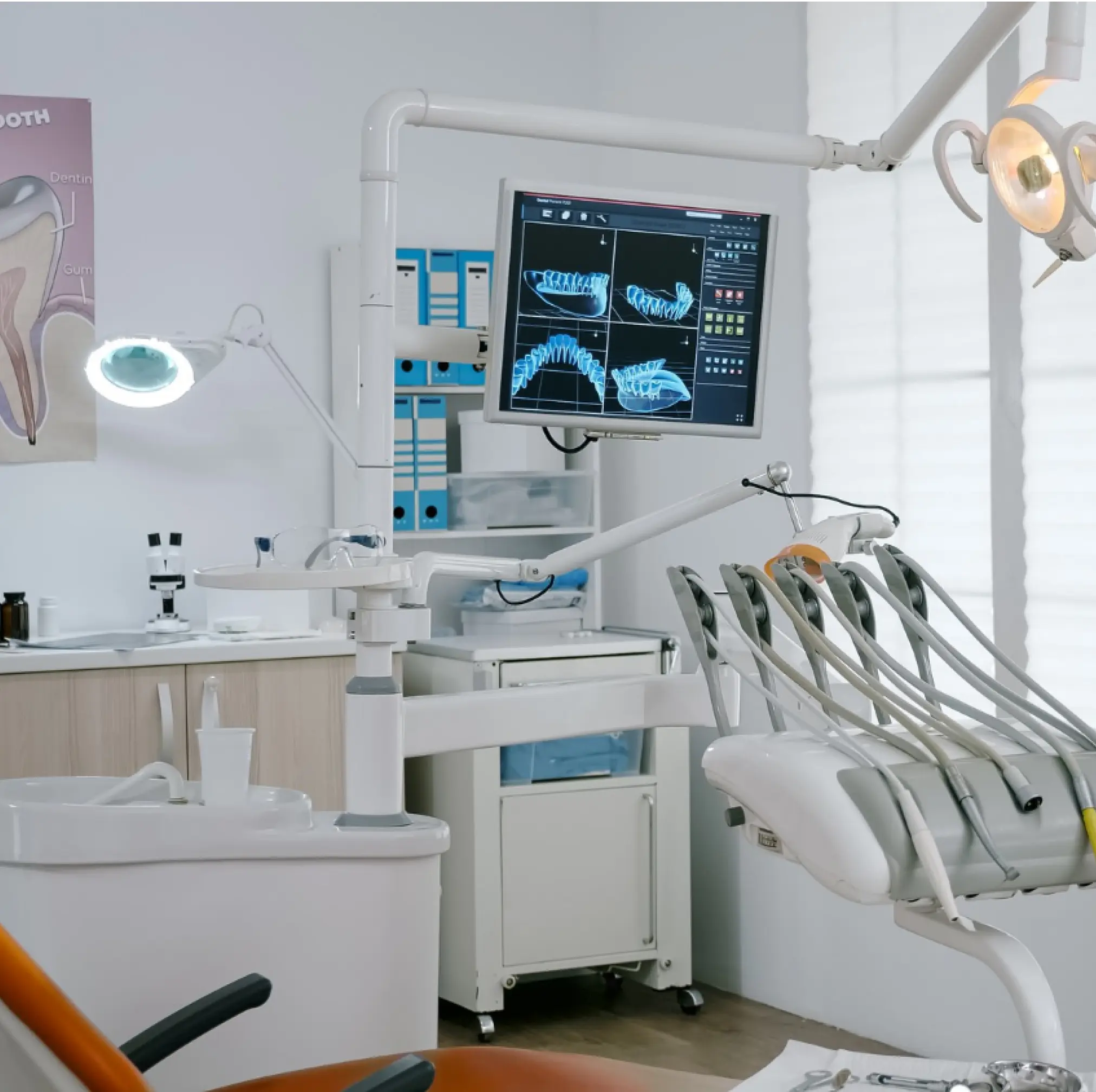
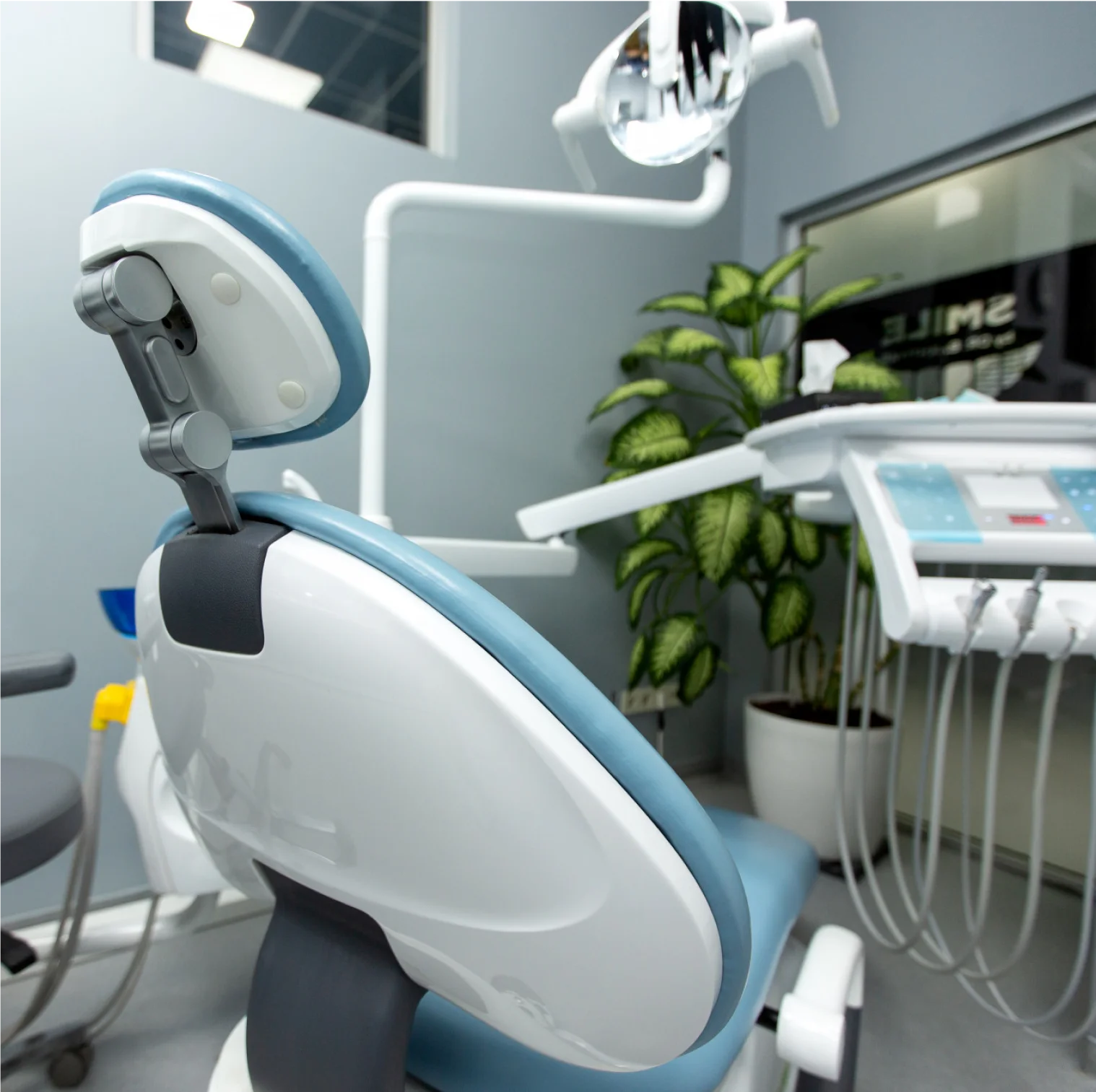
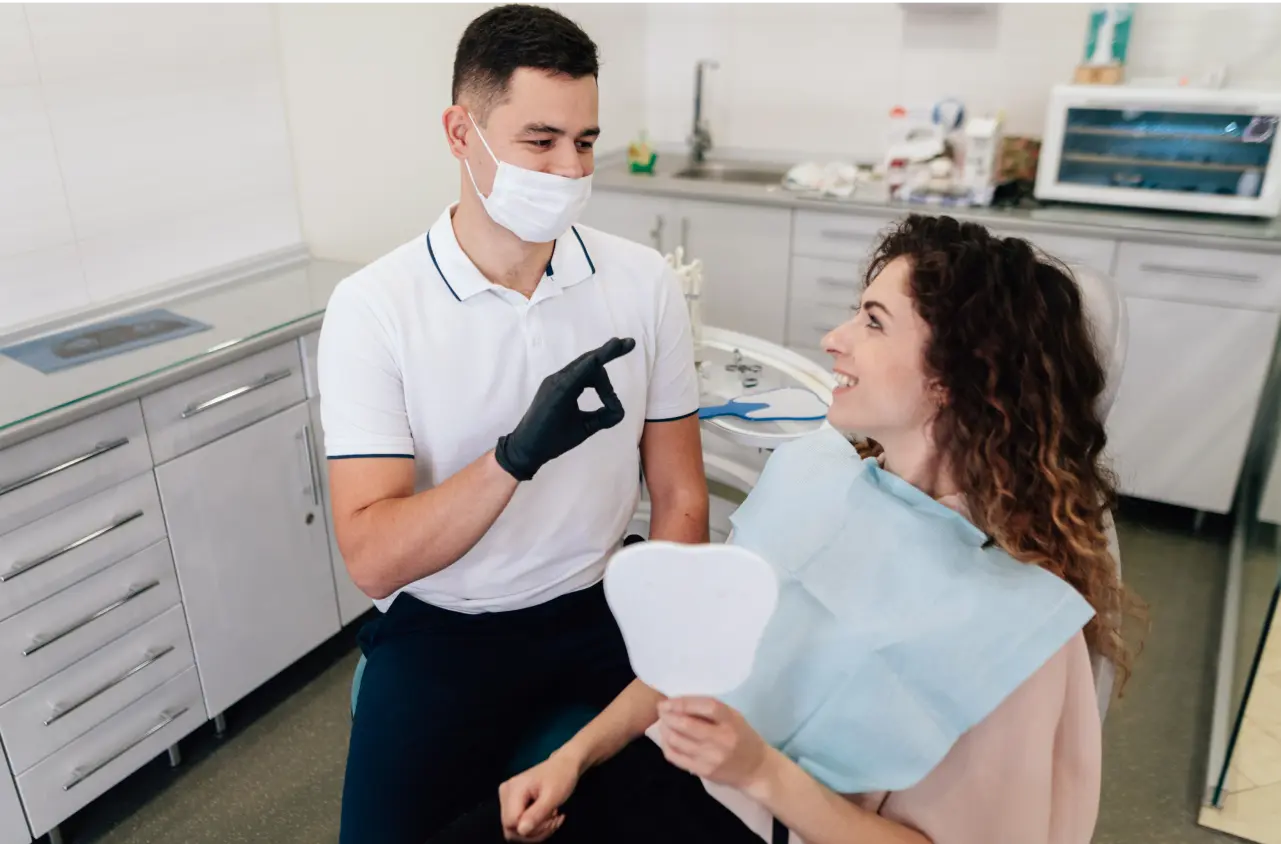
 Dr. Arun Ramani
Dr. Arun Ramani 

